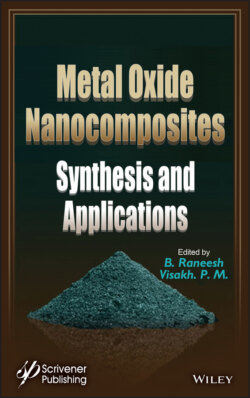Читать книгу Metal Oxide Nanocomposites - Группа авторов - Страница 77
3.1 Introduction
ОглавлениеNovel materials with distinct characteristic features are ascending and fascinating the scientific community at regular intervals. Amidst, nanomaterials are exclusively enthralling opportunities for scientific developments owing to their unique structures, components and properties. Henceforth, the progress of nanomaterial research necessitates a critical role in the investigation of the biological, chemical and nano-technological research arenas. In this advent of materials, carbon is a solitary element that has entirely stable allotropes, owing to their plentiful exceptional properties ranging from sp3 hybridized diamond to sp2 hybridized graphite, including mechanical properties, thermal and electrical conductivities [1]. Carbon materials exist in all dimensionalities including zero-dimensional (0D) i.e. fullerenes, quantum dots, one-dimensional (1D) carbon nanotubes i.e. CNTs, two-dimensional (2D) i.e. graphene and three-dimensional (3D) i.e. graphite as shown in Figure 3.1.
Figure 3.1 Pictorial representation of allotropes of carbon.
Carbon-based materials offer the leeway of coalescing several types of nanomaterials to form nano, micro-composites. In wide-ranging, the usage of carbon-based materials in analytical chemistry is expedient and widely explored. Seeing the above-mentioned characteristics of carbon materials, the comprehensive snapshot of the graphene-based nanomaterials is presented in this chapter for critical evaluation of the fundamentals, characteristics and performance of these nanomaterials.
